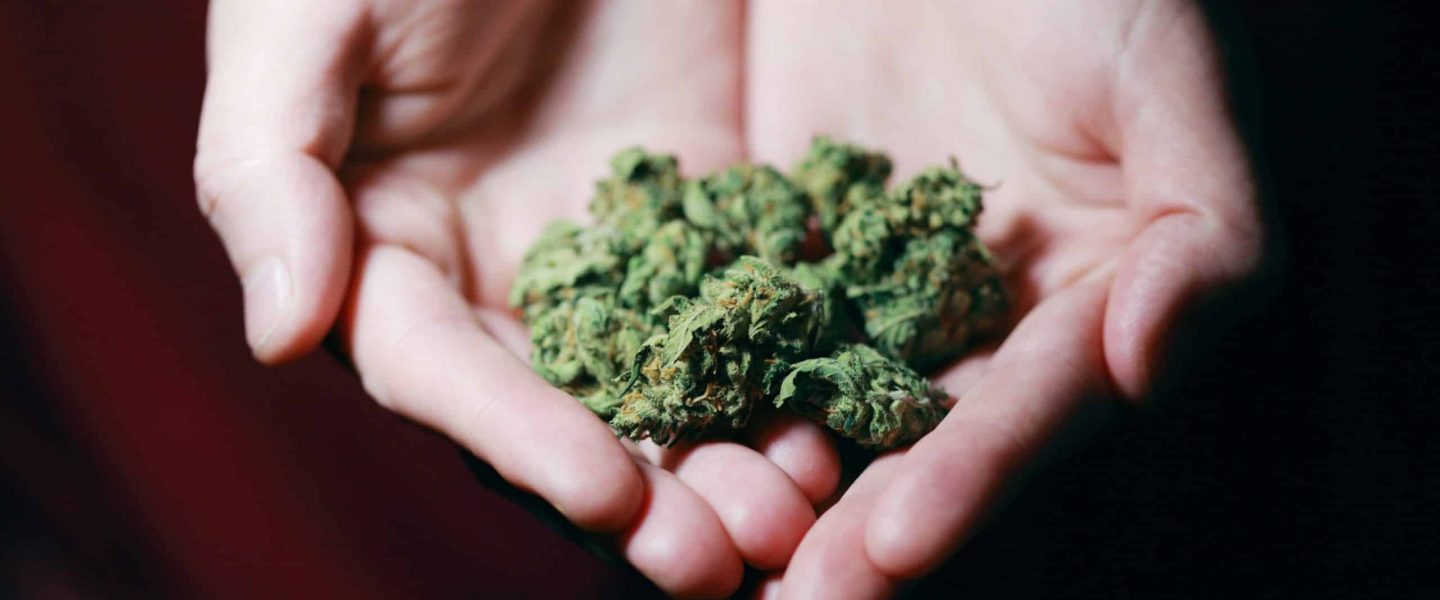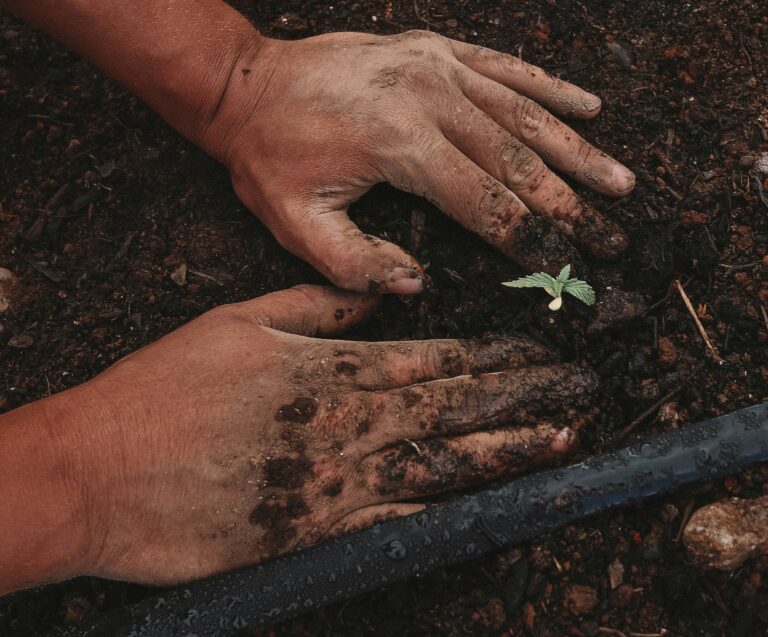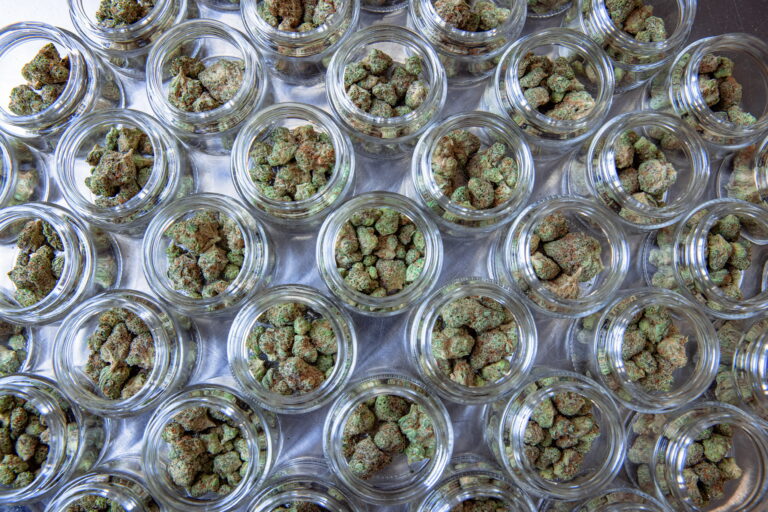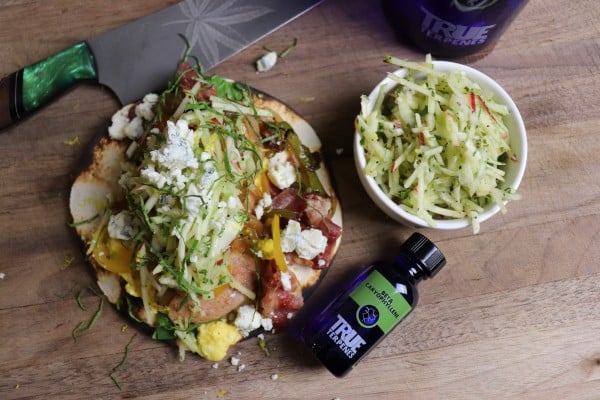
Apple Fennel Slaw with Beta-Caryophyllene
Chef Brandon AllenforTrue Terpenes
Ingredients:
- Apples
1 Granny Smith1 Gala - 1 medium to large bulb of fennel
- 2 Lemons, zest & juice
- 2 tbsp apple cider vinegar
- ¼ cup extra virgin olive oil
- ¼ tsp kosher salt
- 75 oz fresh basil (¼ cup minced)
- 8-12 drops Beta-Caryophyllene Terpenes
- ¼ tsp fine black pepper
Procedure:
- Combine the olive oil, apple cider vinegar, lemon juice and zest, salt, pepper, and 8 drops of Beta-Caryophyllene into a large mixing bowl and lightly stir.
- For this recipe, I used Pot d’Huile Cannabis infused extra virgin olive oil which amounts to 60 mg of THC. Non-infused olive, avocado or MCT oil can also be used.
- Rinse, dry, and mince the basil; add to bowl.
- Rinse and dry the apples and fennel. Once dried, julienne with a knife or use a mandolin at an ⅛ inch setting and slice; then julienne with a knife once more. There are julienne attachments for mandolins which can be incredibly dangerous and messy to use. This is why I use the normal slicing attachment, and then finish the julienne with my knife.
- I use one medium Gala apple and one Granny Smith apple for this recipe in order to provide a contrast.
- When adding the julienned apples to the bowl, toss them around in the liquid immediately. This will prevent the apples from browning and overly oxidizing.
- If the fennel bulb has the fronds attached, mince and add to bowl.
- Gently mix all the ingredients in the bowl with a rubber spatula.
- The Beta-Caryophyllene shouldn’t necessarily be tasted as a dominant flavor, as it should be balanced with the other ingredients. Add the remaining 4 drops or more, if desired. After a few bites, a mildly spiced cooling sensation can be sensed by taking a breath in through the mouth. This is a combination of the Beta-Caryophyllene and the lemon zest working their magic.
- Eat immediately, or chill for an hour for best results. Keep tightly covered, and stir daily. The dish will last for approximately 3 days refrigerated.
- Serve as a side dish slaw or as a garnish atop eggs, tacos, steak, avocado toast, or anything else to bring taste to a whole new dimension!
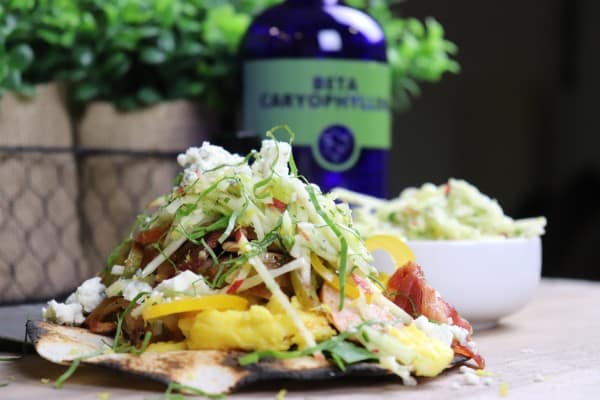
Beta-Caryophyllene:
Beta-Caryophyllene (BC) is my absolute favorite terpene to cook with for many reasons. I love the fact that the aromatics and the flavor don’t necessarily match, yet every time I smell and taste BC, the experience continuously evolves. In my opinion, it’s the most intriguing terpene because it’s one of the most difficult aromatic and flavor profiles to definitively describe. However, if I had to briefly describe my perception of BC in a way for everyone to understand, it would be spicy black licorice. For this reason, I shared a recipe utilizing fresh fennel due to the anise, licorice-like flavor of this amazing vegetable.
BC is a common terpene within the plant kingdom and is largely found in oregano, cinnamon, clove, rosemary, thyme, and black peppercorns. What is fascinating about BC is that it is the only terpene to directly activate the Endocannabinoid System (ECS) as a full CB2 Receptor agonist. It’s important to understand that while other terpenes may provoke effects that indirectly modulate the ECS via monoamines (neurotransmitters and hormones), BC is the only terpene currently discovered that is a direct agonist; this means that BC binds to CB2 receptors much like other cannabinoids. A major benefit of BC is that, since it is not a CB1 agonist, it will not provoke any intoxicating effects, yet it is psychoactive in the sense that it can modulate neurochemistry within the CNS and brain. Eventually, BC will most likely be reclassified as a cannabinoid instead of a sesquiterpenoid, due to its ability to fully activate CB2 receptors.
What is important to consider with all cannabinoids, terpenes, phytonutrients, prescriptions, and all natural or synthetic drugs, is that the dose and delivery of consumption are ultimately what determine the efficacy of the molecule(s) to provoke physiological effects.
Myth Alert: The wonderful world of the internet loves to provide everyone with an abundance of misinformation, especially with terpenes and cannabis. There is a rumor that if an individual begins to feel anxious or paranoid from consuming too much THC, that they should eat whole black peppercorns, and it will minimize those negative side effects of THC since there is BC in black peppercorns. By itself and at the proper dose, BC may provoke anti-anxiety-like effects, but in the presence of THC, since it does not act as an antagonist (think counteractive or deactivating) to THC, if the person decides to eat a handful of black peppercorns because they’re too high, they are most likely only going to placebo themselves into thinking it’s helping, or they’ll just have an unpleasant sense of spicy grit on their palate. If an individual consumes THC and experiences sensations of anxiety or paranoia, I would first recommend drastically minimizing the dose, while having a Cannabidiol (CBD) vape pen on standby. Unlike BC, CBD is an antagonist to THC at CB1 receptors, and it minimizes a lot of the less desirable, negative side effects THC can provoke.
BC has been studied in vitro (test tubes and petri dishes) as well as in vivo (animals or living organisms) and has been shown to promote the following benefits due to its ability to activate CB2 receptors:
- Anti-Inflammatory
- Neuropathic pain
- Local anesthetic
- Anti-carcinogenic
- Anti-fibrotic
- Anxiolytic (anti-anxiety)
What is important to consider with all cannabinoids, terpenes, phytonutrients, prescriptions, and all natural or synthetic drugs, is that the dose and delivery of consumption are ultimately what determine the efficacy of the molecule(s) to provoke physiological effects. Adding a few drops of a terpenes to food or simply smelling it doesn’t necessarily mean that there will be a benefit from the medicinal claims above.
However, as a chef, having terpenes in my pantry opens up the door to further amplify culinary experiences. Since we eat with our eyes and nose before our mouth, enhancing the sense of smell and appearance of food directly affects how we interpret the taste. From a scientific approach, if I can provide guests with a more profound experience with food, provoking different memories, emotions, and ideas with each bite, which in turn modulates brain chemistry, then I feel confident that regardless of the required dose of a terpene to provoke physiological effects through digestion, I can provoke positive neurological effects from an elevated experience.
Not only should we focus on letting food be thy medicine… we should let flavor be thy medicine as well.
Cheers,
Chef Brandon Allen
IG: @chefbrandonallen


